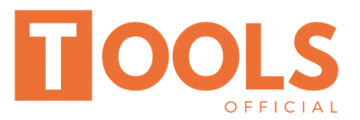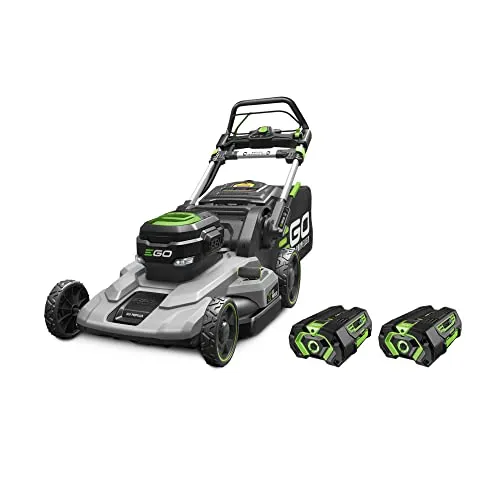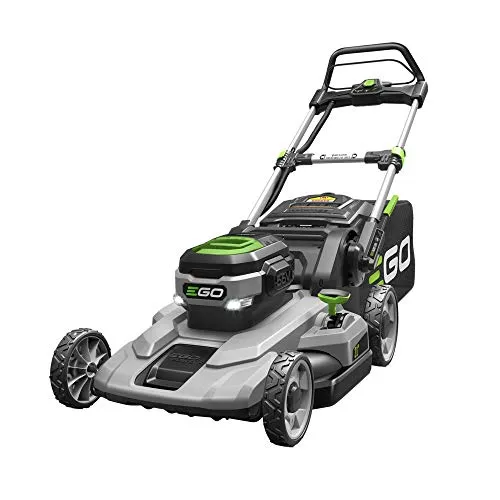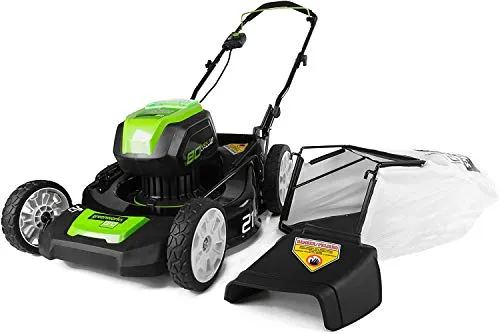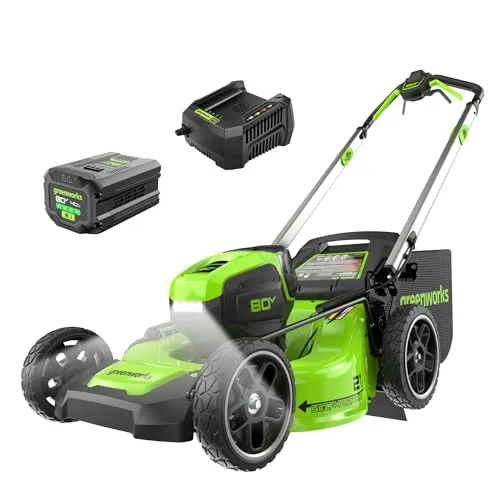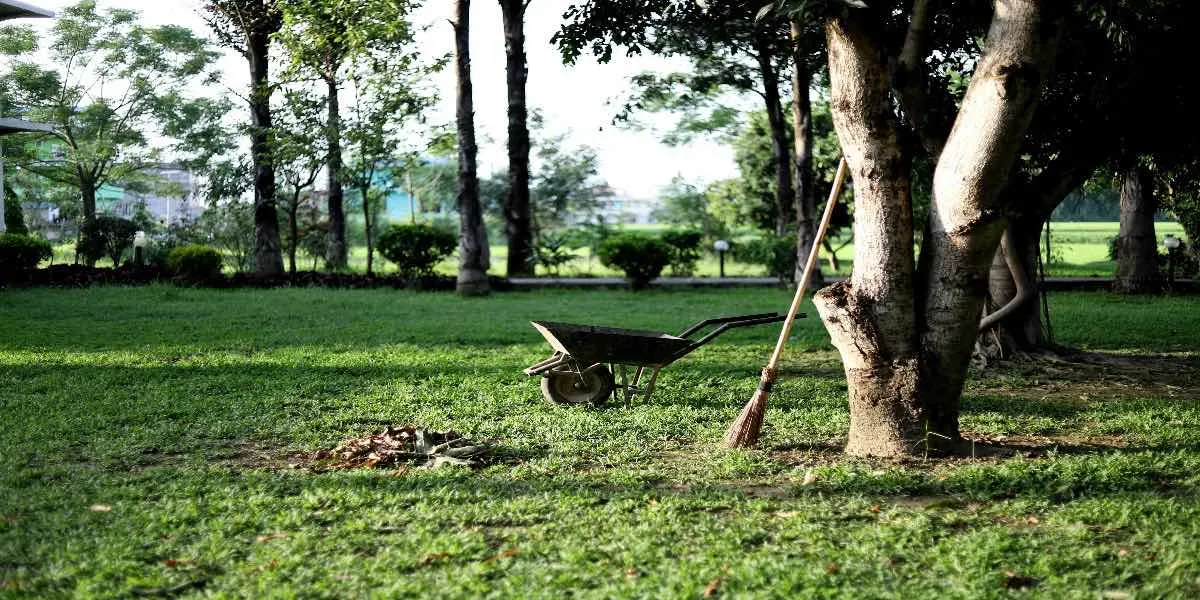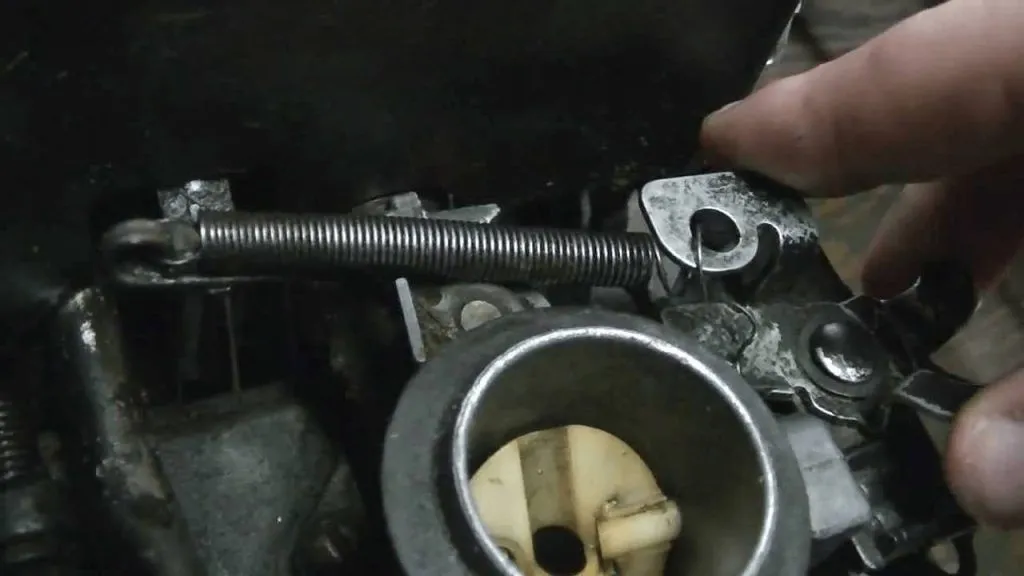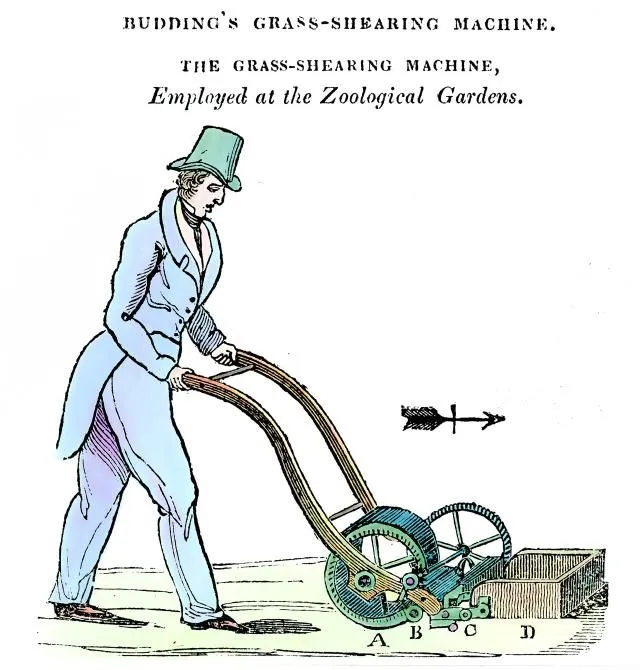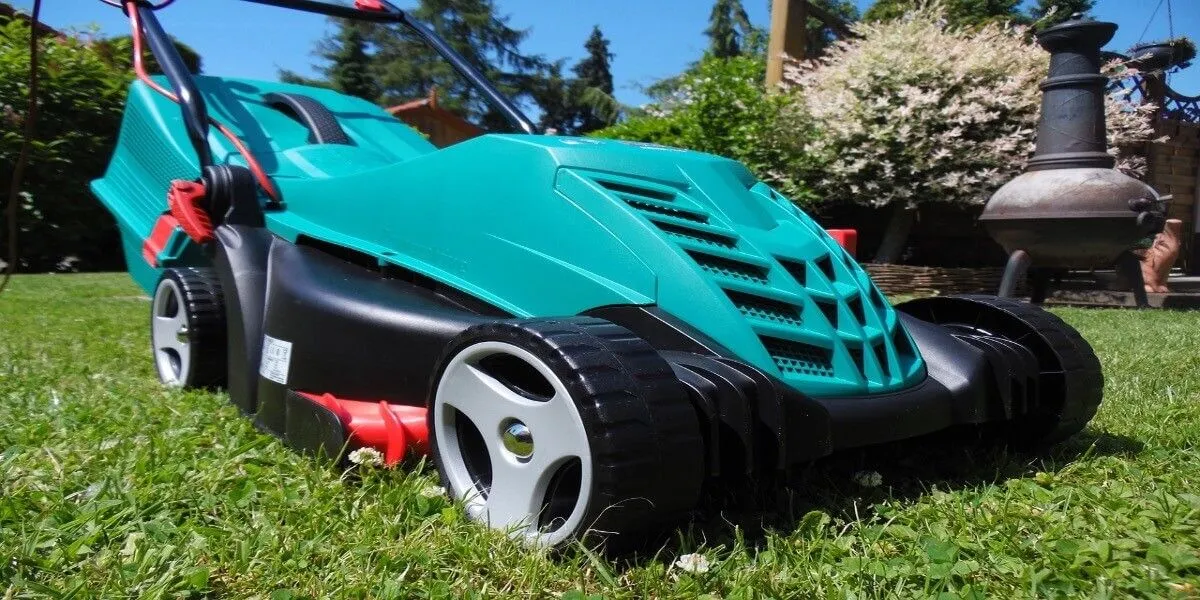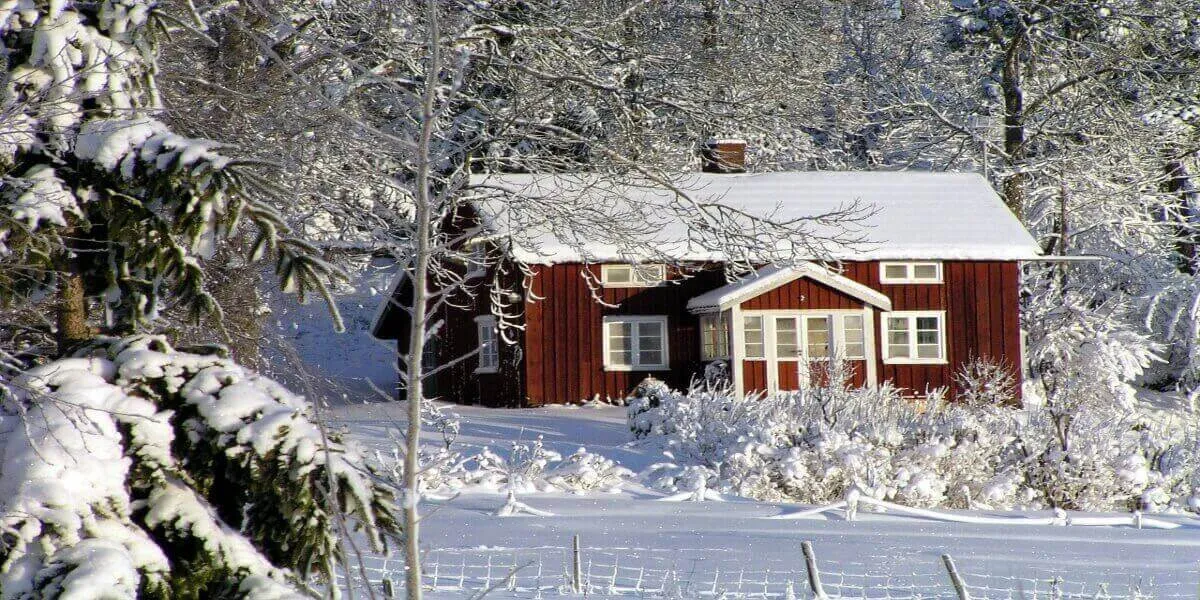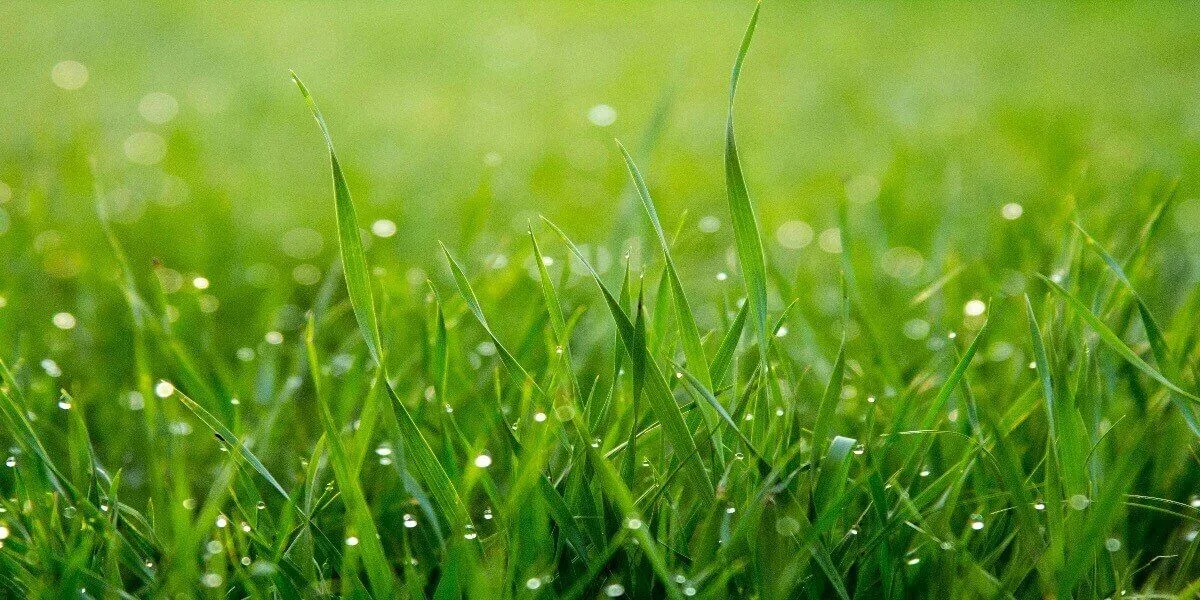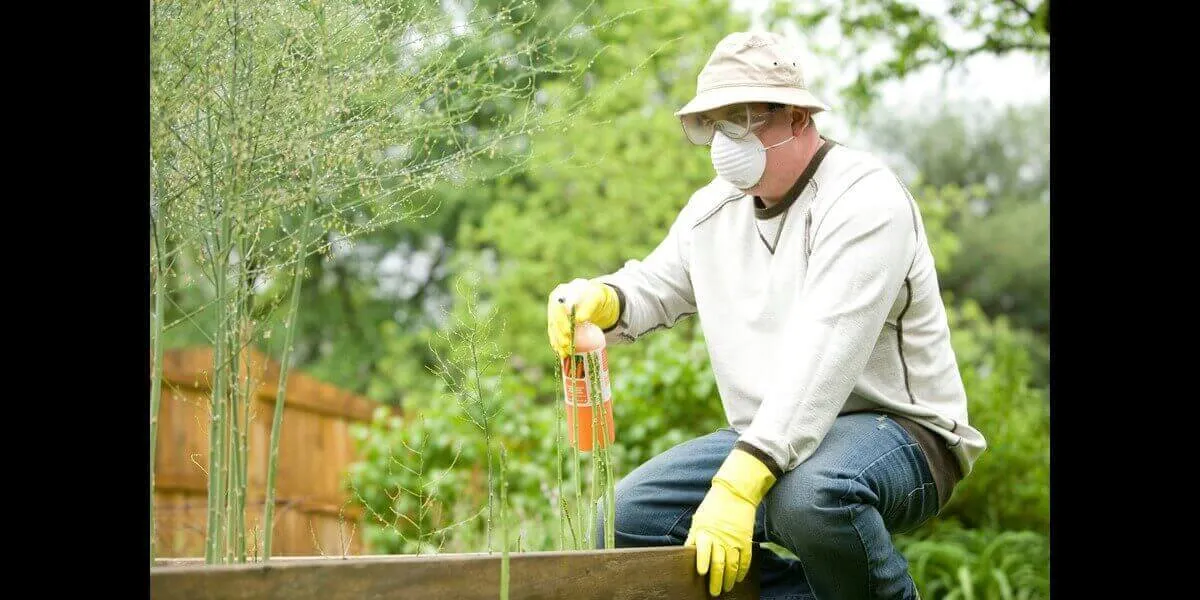Easy Guide to Knowing the Parts of a Lawn Mower: Engine and Frame

Jeffrey Tung on Feb 27, 2024
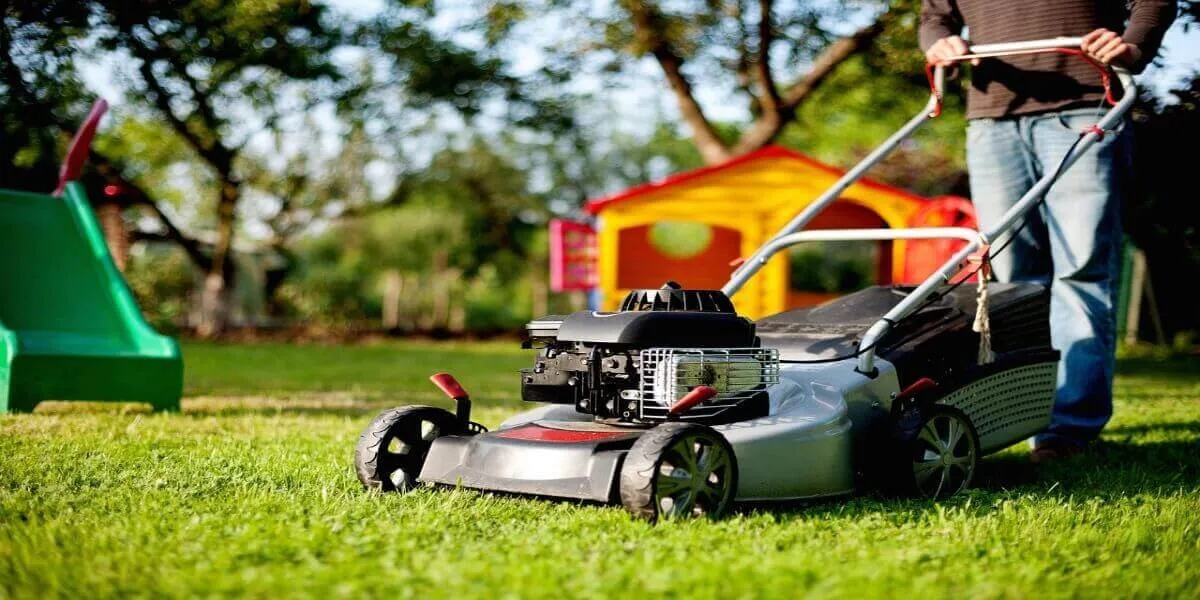
We earn affiliate commissions at no extra cost to you.
Lawnmowers are trusty partners in preventing an overgrown lawn. But while many homeowners appreciate its convenience, many are not familiar with the intricate details that make it run smoothly.
Did you know that there are up to 270 individual components that make up the lawn mower?
That's a lot considering how seemingly simple it is.
But don't worry, this article will help you understand some of its most important parts and how to fix them.
Parts of a Lawn Mower + Troubleshooting Guide
The main lawn mower parts can be generally divided into two: the engine and the frame or chassis. The lawn mower engine is the powerhouse of the mower. It converts fuel into the mechanical energy needed to propel the machine and spin the blades. The frame, on the other hand, provides structural support and houses many of the vital parts of the lawn mower.
Let's take a look at the components of a lawn mower.
The Engine
Carburetor: The carburetor mixes air and fuel to create the right proportions for combustion. It plays a pivotal role in regulating the performance of the engine. If you can't start the engine or if the mower can't run evenly, it may be a sign of a clogged or misadjusted carburetor.
How to fix: Check for blockages and clean the carburetor. Also, adjust as necessary to ensure proper fuel flow. Check this article on how to clean the carburetor.
Where to find: The carburetor is often located below or behind the air filter.
Ignition System: This is composed of the ignition coil and the spark plug. These two components generate the spark needed to ignite the fuel-air mixture in the combustion chamber. A faulty ignition system can cause start-stops, stalling, or misfires.
How to fix: Check for damaged spark plugs or coils. If you see soot buildup or obvious signs of wear, replace them immediately. Cleaning sparkplugs is also possible if there are no immediate replacements. Read this article for sparkplug troubleshooting.
Where to find: The spark plugs and other components of the system are often found near the engine cylinder, at the front or back.
Recoil Starter: The recoil starter is the manual mechanism used to start the lawn mower. It provides the initial force needed to set the internal combustion in motion. If the recoil starter fails to engage or reacts sluggishly, it may be caused by a worn-out spring or a damaged mechanism.
How to fix: Inspect and lubricate the recoil starter components. Replace worn parts as needed.
Where to find: Recoil starters are attached to the top or side of the engine. It has a handle that protrudes from the lawn mower's body.
Air and Oil Filter: Air and oil filters are responsible for preventing dirt, debris, and other contaminants from entering the engine. It maintains the quality of air and oil, which prolongs the unit's life. Poor engine performance or overheating may indicate a sign of dirty or blocked filters.
How to fix: Air and oil filters need to be regularly cleaned and replaced to ensure proper airflow and lubrication. Replacement filters are readily available in home depots, auto parts stores, and online shops.
Where to find: The air and oil filters are housed inside a compartment near the engine. To access it, simply remove the panel or cover.
Flywheel Key: The flywheel key is a small component that keeps the engine's timing in check by connecting the flywheel to the crankshaft. When it's damaged, the engine will run erratically or not start at all.
How to fix: If you notice a shear on your flywheel key, replace the part immediately. Parts are available in lawn mower dealerships or small engine repair shops.
Where to find: The flywheel key can be found under the recoil starter. It can be accessed after removing the starter assembly.
Safety Switch: They are integrated into lawnmowers to prevent accidental starts. They can be activated by pushing a lever. If it breaks, the ignition system may not work and prevent the engine from starting. If you notice your engine fails to start or shuts off unexpectedly, there may be a problem with your safety switch.
How to fix: Replacing switches with new ones is the best way to prevent problems with your lawn mower.
Where to find: These can be found throughout your lawn mower, such as the handlebar and the blade. Depending on the type of mower, there can be up to 4 switches.
The Frame
Blade: The blade is one of the most notable parts of a lawn mower as it's responsible for cutting the grass with precision. If the blade dulls, it can result in uneven or ragged cuts. It can also take you much longer to cut grass.
How to fix: Sharpen your lawn mower blade regularly and replace it if the damage is excessive.
Where to find: You can find the blades located in the front area of the mower, under the deck.
Belt and Pulley: The drive belt and pulley work together to transfer power from the engine to the blade. They regulate the speed for an efficient cutting process. If you notice any squealing or pulling when the mower starts, inspect them for wear and misalignment.
How to fix: Adjust or replace the parts needed to maintain the right tension and alignment.
Where to find: This system is typically located beneath the mower frame, connecting the crankshaft to the blade.
Crank Shaft: The crankshaft is linked to the transmission. It converts the linear motion of the engine's piston into a rotational motion to drive the blade. Excessive vibration or noise from the engine may indicate a bent or damaged part.
How to fix: Inspect the crankshaft for any signs of wear or damage and replace it to avoid further damage to the lawn mower.
Where to find: This is positioned at the end of the engine and connects to the transmission.
Transmission: The transmission or the gearbox is responsible for controlling the speed and directions of the mower, allowing users to navigate their lawn with ease. A damaged transmission can cause difficulty in shifting gears or a loss of power when you mow.
How to fix: Check the transmission for any signs of damage or leaks. If your mower is still relatively new, replace your damaged transmission with a new one. However, it may be better to just buy a new lawn mower if your transmission is damaged and your unit is old.
Where to find: The transmission is often found near the rear wheels.
Fuel Tank: The fuel tank stores the gasoline or other fuel source. If the engine stalls or sputters, consider checking your fuel tank as it may be the source of the problem.
How to fix: Check the tank for contaminants or leaks. Replace the filter and clean the tank for optimal performance.
Where to find: Fuel tanks are often mounted above or behind the engine.
Grass catcher or deflector: Grass catchers, as its name implies, catch the grass and prevent them from spilling on the lawn. Some lawn mower models do not have grass catchers but have deflectors, which help prevent the grass from hitting your face and eyes. Catchers can be removed without problem, but the lack of deflectors can lead to injuries.
How to fix: Check the catcher and deflector for any clogs or damage. Clear any obstructions and replace damaged parts with new ones.
Where to find: These can be found attached to the rear of the mower deck.
Maintenance Tips for Lawn Mower Parts
Regular maintenance is essential in keeping your lawn mower in top shape. Here are some of the best maintenance tips for your lawn mower's key parts.
Engine Maintenance
- Clean or replace air and oil filters regularly.
- Before using the mower, check and adjust the carburetor.
- Inspect the ignition system for any wear and tear.
- Replace or repair any damaged parts as necessary.
Frame Maintenance
- Remove any grass buildup in the deck to prevent rust.
- Sharpen the blades regularly for a clean cut.
- Check and adjust belts for tension.
- Lubricate moving parts, such as the crankshaft, to prevent friction and wear.
Things to Keep in Mind When Buying Lawn Mower Parts

Before you go to any shop for your parts replacement, determine whether you need an engine part or a part of the frame. Many lawn mower brands often have different manufacturers for their engines and frames, so it's essential to identify the part you need. Then, check the **identification plates **(see video) for each one. These should outline the model number, article number, serial number, and the year the parts are manufactured. Newer models have QR codes you can scan to know which part you may need to buy.
Make sure you only buy parts that are compatible with the specific make and model of your lawn mower. Take a picture of the identification plate, so you can ask for help in-store. Also, choose parts from reputable manufacturers and invest in more expensive but high-quality parts to ensure durability and longevity.
